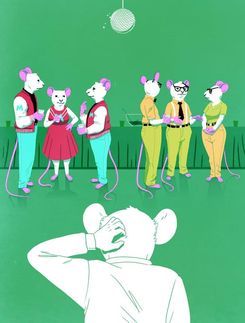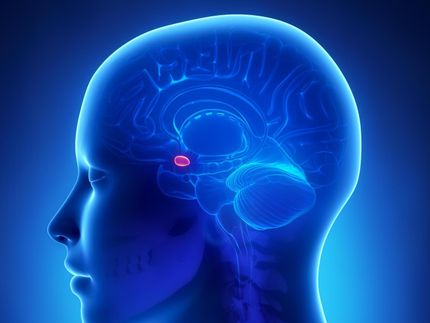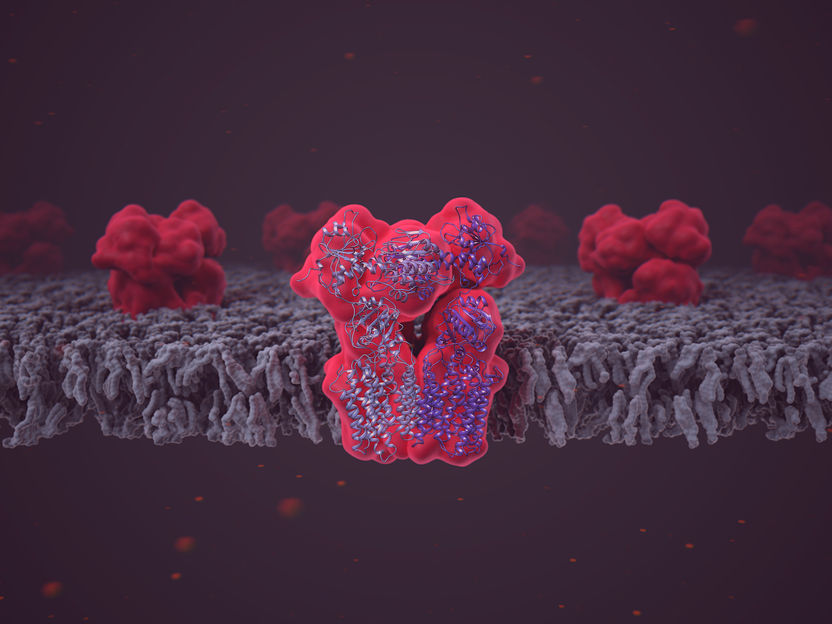A failing sense of smell can be reversed
A new animal study suggests that with training, smell can improve
In a new study scientists at NYU Langone Medical Center have shown that the sense of smell can be improved. The new findings, published in Nature Neuroscience, suggest possible ways to reverse the loss of smell due to aging or disease.
Smell is unique among our senses, explains Donald A. Wilson, PhD, professor of child and adolescent psychiatry at NYU Langone Medical Center and senior research scientist at the Emotional Brain Institute at Nathan S. Kline Institute for Psychiatric Research, who led the study. The olfactory bulb, a structure beneath the frontal cortex that receives nerve impulses from the nose, also has direct connections to the amygdala, which controls emotions and physiology, and to higher-order regions like the prefrontal cortex, involved in cognition and planning. "Unlike information from your eyes and ears that has gone through many connections to reach the frontal cortex, the olfactory system is just two connections away," says Dr. Wilson. "The result is an immediate pathway from the environment through our nose to our memory."
Although impairment in the sense of smell is associated with Alzheimer's disease, Parkinson's disease, schizophrenia, and even normal aging, exactly why smell weakens remains a mystery, but recent laboratory research led by Dr. Wilson reveals how it may occur. "We located where in the brain loss of smell may happen," he says. "And we showed that training can improve the sense of smell, and also make it worse."
Dr. Wilson and Julie Chapuis, PhD, a post-doctoral fellow, placed thirsty rats in boxes with a snout-sized hole in each of three walls and exposed them to brief blasts of odors through the middle hole. There were three smells in all: a mix of 10 chemicals from fruits, oils, cleaning agents, etc.; the same mixture with one chemical replaced by another; and the same mixture minus one of the chemicals. When the rodents identified one smell, they were rewarded with a sip of water by going to the hole in the left side wall, for another smell they received water by going to the right side wall.
Rats could readily distinguish between odors when a chemical had been replaced in one mixture, but when one component had simply been removed, they could not differentiate. The researchers then anesthetized the rats and inserted electrodes into their brains. Within the olfactory bulb, each smell produced a different pattern of electrical activity. But in the piriform (olfactory) cortex, a half-inch-sized area of the rat cerebral cortex, the odors that rats could tell apart produced distinct patterns of activity, while those the rats could not distinguish produced identical patterns.
Drs. Wilson and Chapuis then trained a new group of rats to discriminate between the odors the first animals couldn't tell apart by rewarding them over and over with sips water for choosing the appropriate hole. "We made them connoisseurs," says Dr. Wilson. In the rats' piriform cortex, activity patterns elicited by these similar odors were now different as well.
They trained a third group of animals to ignore the difference between odors the first rats could readily distinguish by giving them water at the same hole after exposure to either odor. This effectively dulled their sense of smell: the rats couldn't tell one smell from the other, even for a reward. Their loss of discrimination was reflected in the piriform cortex, which now produced similar electrical patterns in response to both odors.
"Our findings suggest that while olfactory impairment may reflect real damage to the sensory system, in some cases it may be a 'use it or lose it' phenomenon," says Dr. Wilson. This opens the door for potential smell training therapies that could help restore smell function in some cases. "Odor training could help fix broken noses," he says.
Other news from the department science

Get the life science industry in your inbox
By submitting this form you agree that LUMITOS AG will send you the newsletter(s) selected above by email. Your data will not be passed on to third parties. Your data will be stored and processed in accordance with our data protection regulations. LUMITOS may contact you by email for the purpose of advertising or market and opinion surveys. You can revoke your consent at any time without giving reasons to LUMITOS AG, Ernst-Augustin-Str. 2, 12489 Berlin, Germany or by e-mail at revoke@lumitos.com with effect for the future. In addition, each email contains a link to unsubscribe from the corresponding newsletter.






















































